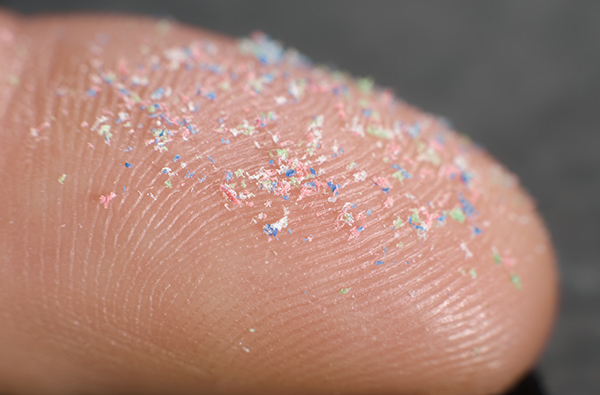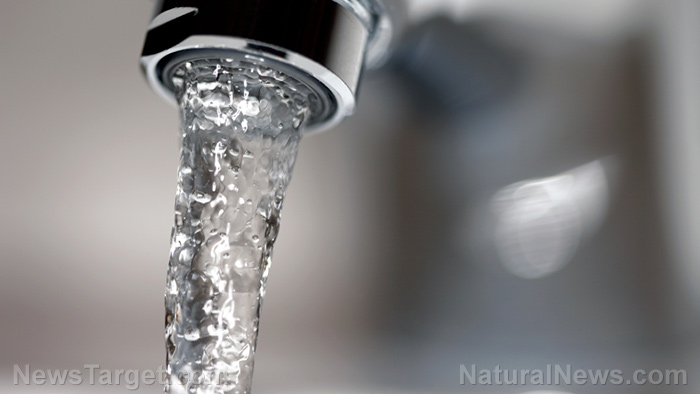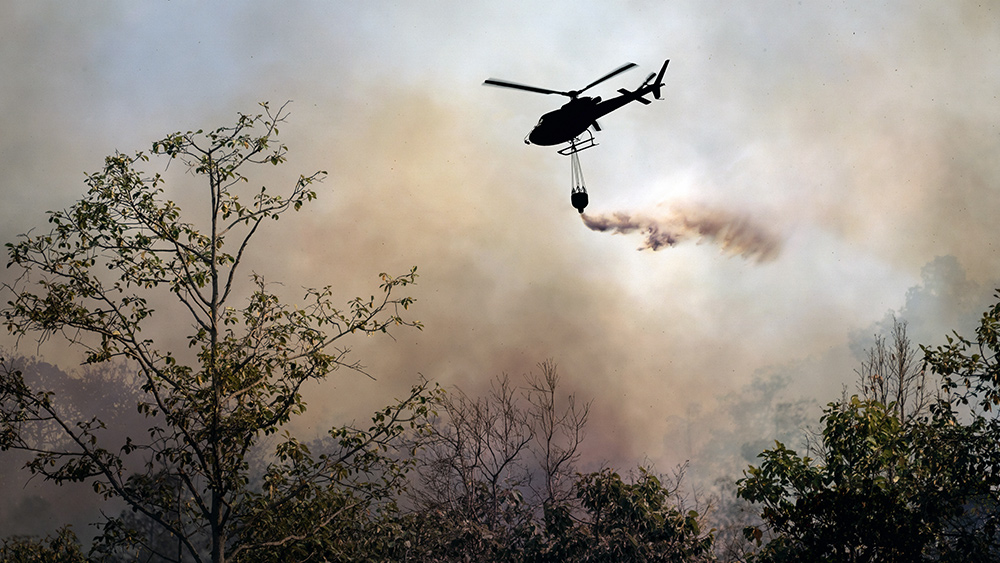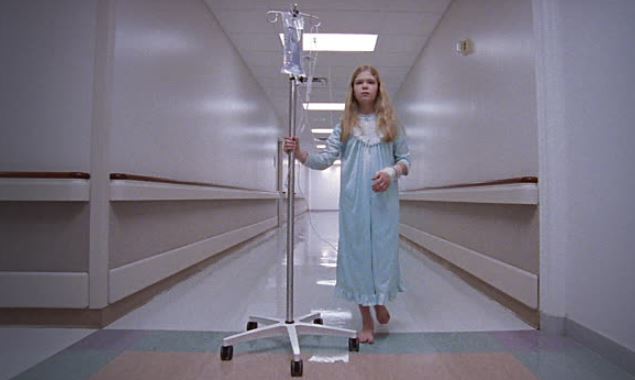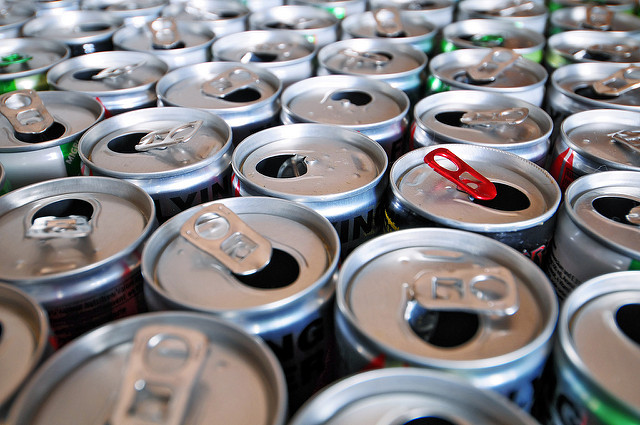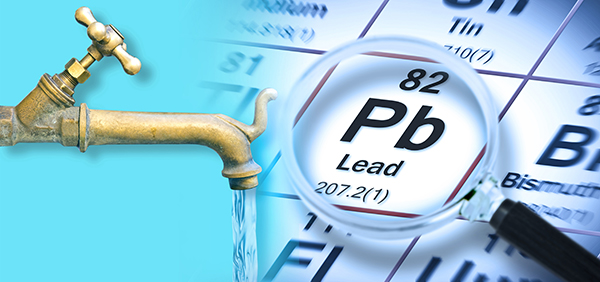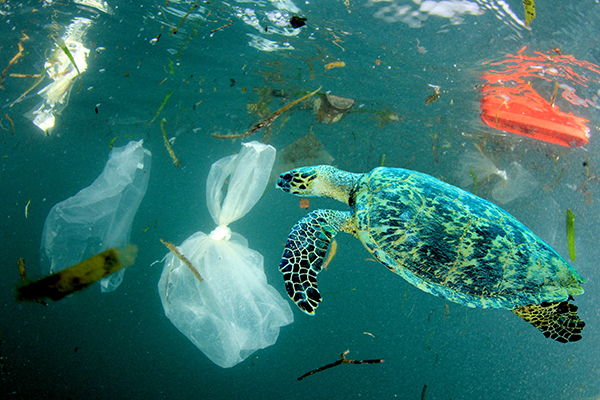Behind secrecy barriers, EPA begins removal of toxic materials in areas devastated by Maui wildfires
09/12/2023 / By Zoey Sky
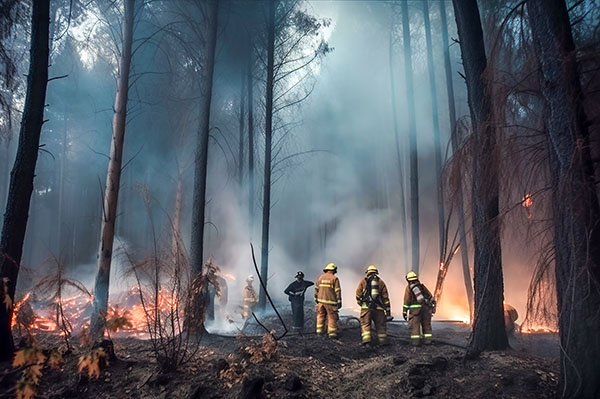
The Environmental Protection Agency (EPA) has started a phased cleanup of toxic materials from areas affected by the devastating Maui wildfires.
Per the request of the state of Hawaii and Maui County, the Federal Emergency Management Agency (FEMA) assigned the EPA to supervise the cleanup as the island community tries to move on after the disastrous wildfires.
According to a FEMA spokesman, the agency currently does not have “a cost estimate for this part of the community recovery process.” He added that when the hazardous materials are removed, the U.S. Army Corps of Engineers (USACE) will lead the removal of fire debris.
The FEMA spokesman also said the efforts will focus on returning “clean, tested lots, or properties to owners that are safe for rebuilding.”
The EPA teams started eliminating toxic materials from the disaster areas as part of the agency’s Maui Wildfire Recovery plan.
During the project, EPA teams will survey and remove all materials considered hazardous to human health and safety. These materials include:
- Batteries
- Cleaners
- Oils
- Paints
- Pesticides
- Solvent chemicals
An EPA fact sheet outlining the process warned that both ash and debris can contain “potentially harmful contaminants,” such as arsenic, asbestos and lead that can be “inhaled or enter the environment with wind.”
The EPA announced that it will remove asbestos and inspect pressurized fuel cylinders like propane tanks that require special handling, particularly if the containers have sustained damage. The agency added that it would dispose of all hazardous chemicals at a safe facility a safe distance from the island.
Hawaii officials gave the EPA access to properties without permission from the property owners. But the agency clarified that it will only remove materials with the owner’s consent. (Related: Maui residents say they were BLOCKED by barricades while trying to flee deadly wildfire.)
In a press release, Maui County said that the EPA’s efforts will help reduce potential threats to public health and safety while also allowing other agencies to remove ash, debris and solid waste in the affected areas.
Alongside the ongoing remedial work, the EPA will apply Soiltac, a chemical adhesive that allegedly prevents potentially toxic ash and dust from becoming airborne and infiltrating water supplies.
Soiltac is manufactured by Soilworks and approved by the state for commercial use because it is both non-toxic and breaks down in the environment over time. Soiltac has a pinkish hue and contains a copolymer of ethylene, mineral fillers, vinyl acetate, vinyl ester and protective colloid. Soilworks said the level of protection and types of controls necessary will “vary depending upon potential exposure conditions.”
In a product description, Soilworks claimed that the advantage of Soiltac is its “long, molecular structure” that links and cross-links together, allowing for stronger bonds. Once Soiltac is applied and the water disperses from the soil or aggregate, it forms “a durable and water-resistant matrix of flexible solid mass.”
When it is cured, Soiltac turns “completely transparent, leaving the natural landscape to appear untouched.”
Wildfire damage estimated to be at least $5.5 billion
Federal officials estimate the total damage from the Lahaina, Kula and Olinda wildfires at $5.5 billion.
Officials also noted that the Lahaina fire on Aug. 8 was the most destructive, with 115 confirmed deaths and hundreds of people still missing, including many children.
Federal officials consider the Lahaina fire as the worst natural disaster in U.S. history since 1900. The devastating fire caused the destruction of more than 2,000 acres and more than 2,200 buildings, 86 percent of which were residential property.
Maui County officials explained that while the fire is 100 percent contained, it is not completely extinguished.
At an Aug. 29 Wailuku press conference with state and federal officials announcing the general cleanup, Maui County Mayor Richard Bissen said the county will champion the interest of the community, with a focus on “safety, cultural and community priorities.”
Bissen added that no one in the state of Hawaii has ever experienced a disaster of this magnitude. As Maui starts to rebuild, Bissen promised that coordination with all county, state and federal agencies is occurring daily with his team.
Steve Calanog, EPA incident commander, shared that the cleanup also honors Lahaina’s cultural significance. He added that the agency has a team made up of about 150 people on the island and that 30 percent of the team includes local hires that the EPA “trained in hazmat tech certifications.”
At the press conference, Calanog said the EPA would honor the “long, rich and historic cultural significance of Lahaina.” The EPA team includes 25 cultural observers to help ensure that it enforces the cleanup with the respect that the recovering Lahaina community deserves.
Visit Disaster.news for more updates about the Maui wildfires.
Watch the video below to see how Maui locals reacted to President Joe Biden’s visit to wildfire-ravaged Lahaina.
This video is from the Pool Pharmacy channel on Brighteon.com.
More related stories:
Brushfires break out near Kaanapali resort area where many Lahaina wildfire victims are staying.
More than 2,000 children from Lahaina public school system STILL MISSING after Maui wildfire.
Maui wildfires continue to expose government’s FAILURES and QUESTIONABLE decisions.
Sources include:
Submit a correction >>
Tagged Under:
big government, cleanup, Collapse, disaster, Ecology, environment, Environmental Protection Agency, EPA, Federal Emergency Management Agency, FEMA, Hawaii, Kula, national security, Olinda, toxic chemicals, toxins, wildfires
This article may contain statements that reflect the opinion of the author
RECENT NEWS & ARTICLES
Chemicals.News is a fact-based public education website published by Chemicals News Features, LLC.
All content copyright © 2018 by Chemicals News Features, LLC.
Contact Us with Tips or Corrections
All trademarks, registered trademarks and servicemarks mentioned on this site are the property of their respective owners.



